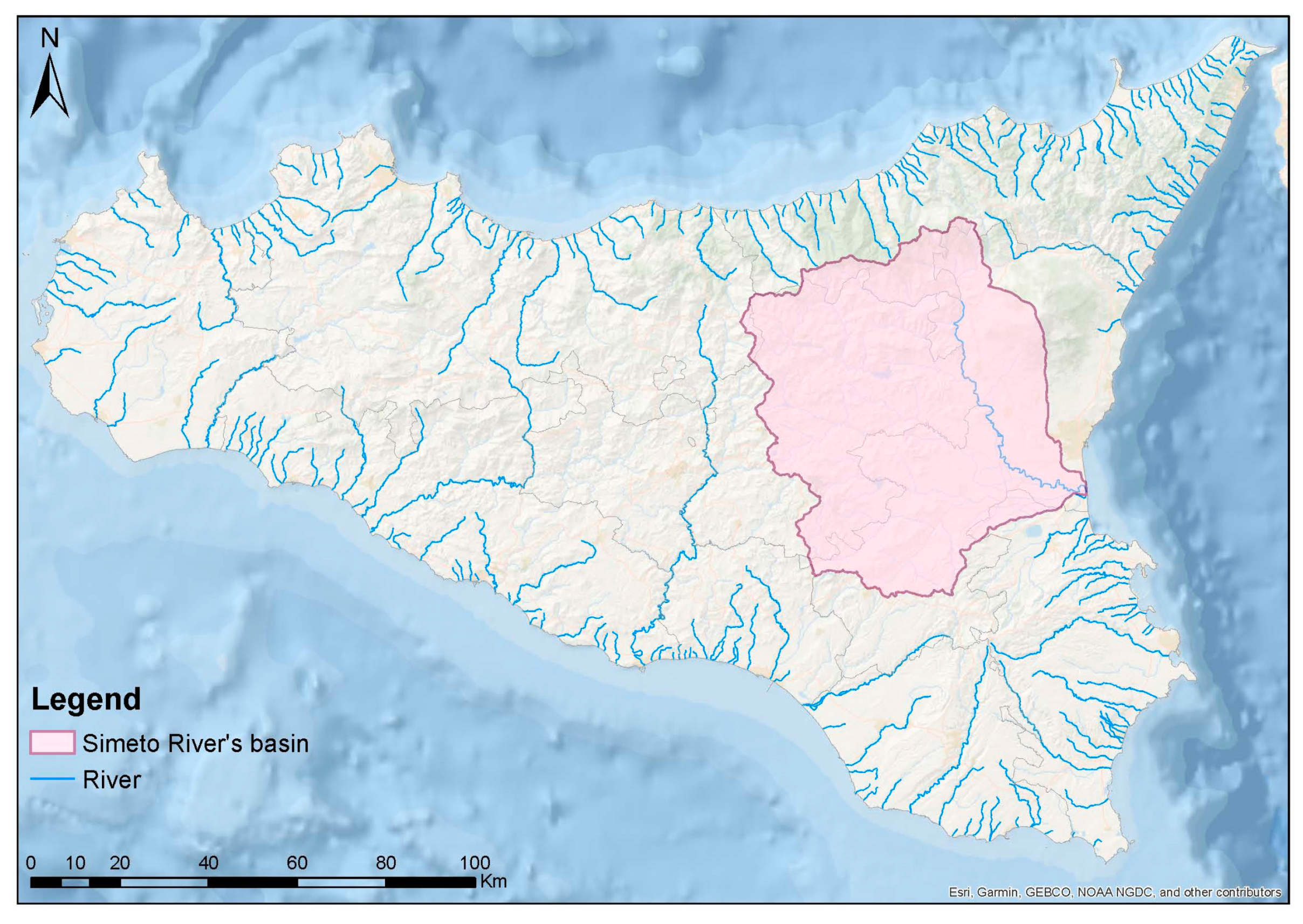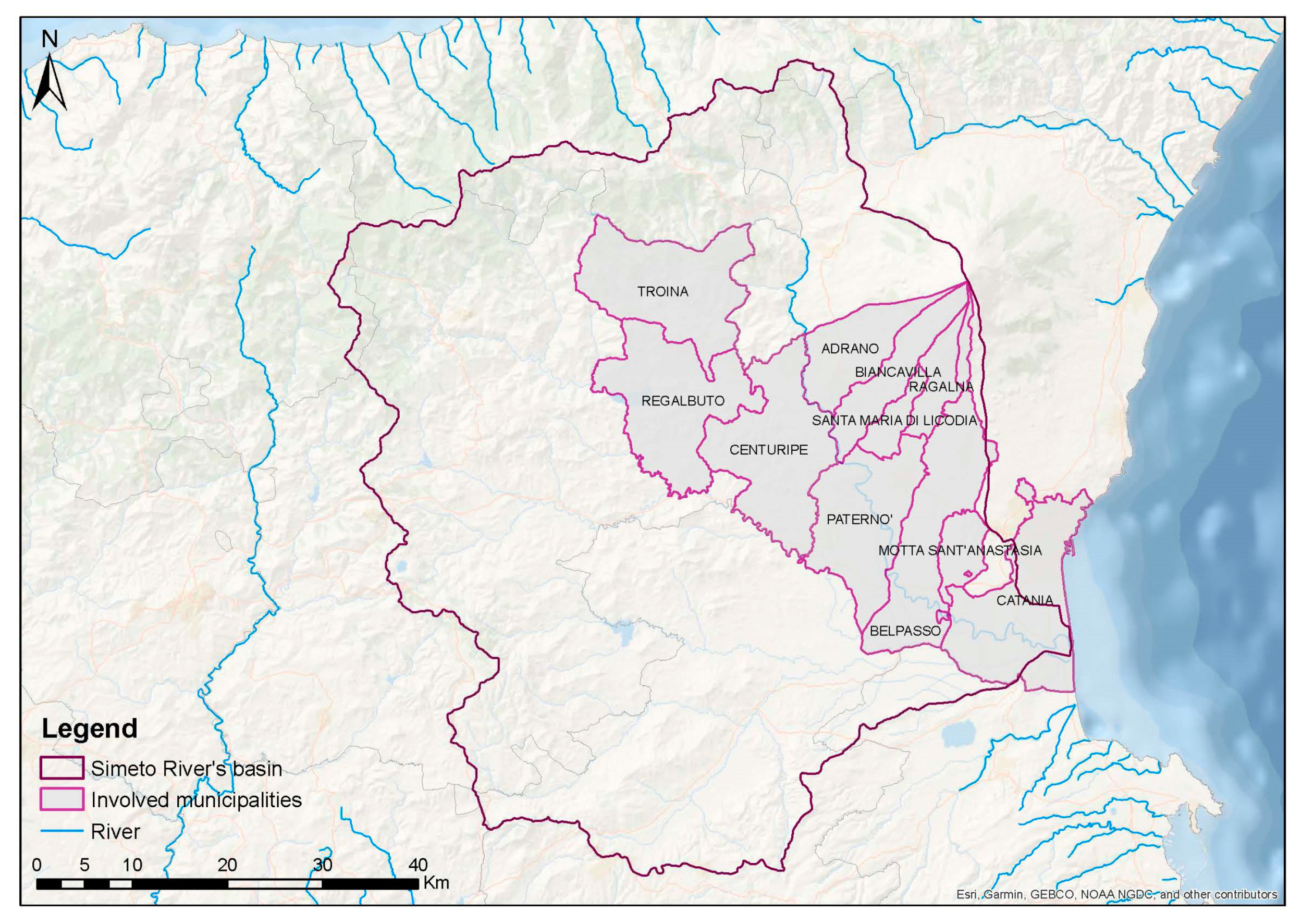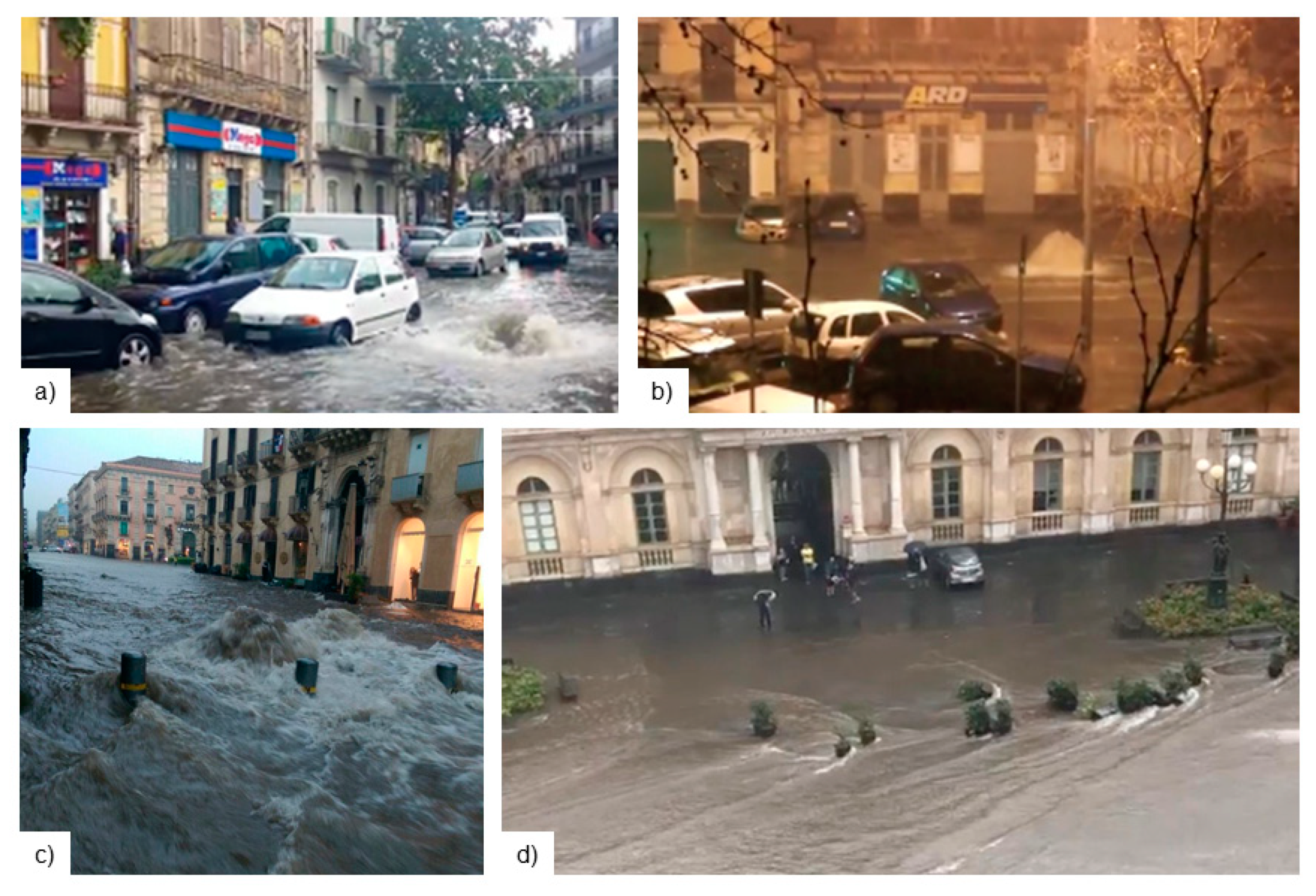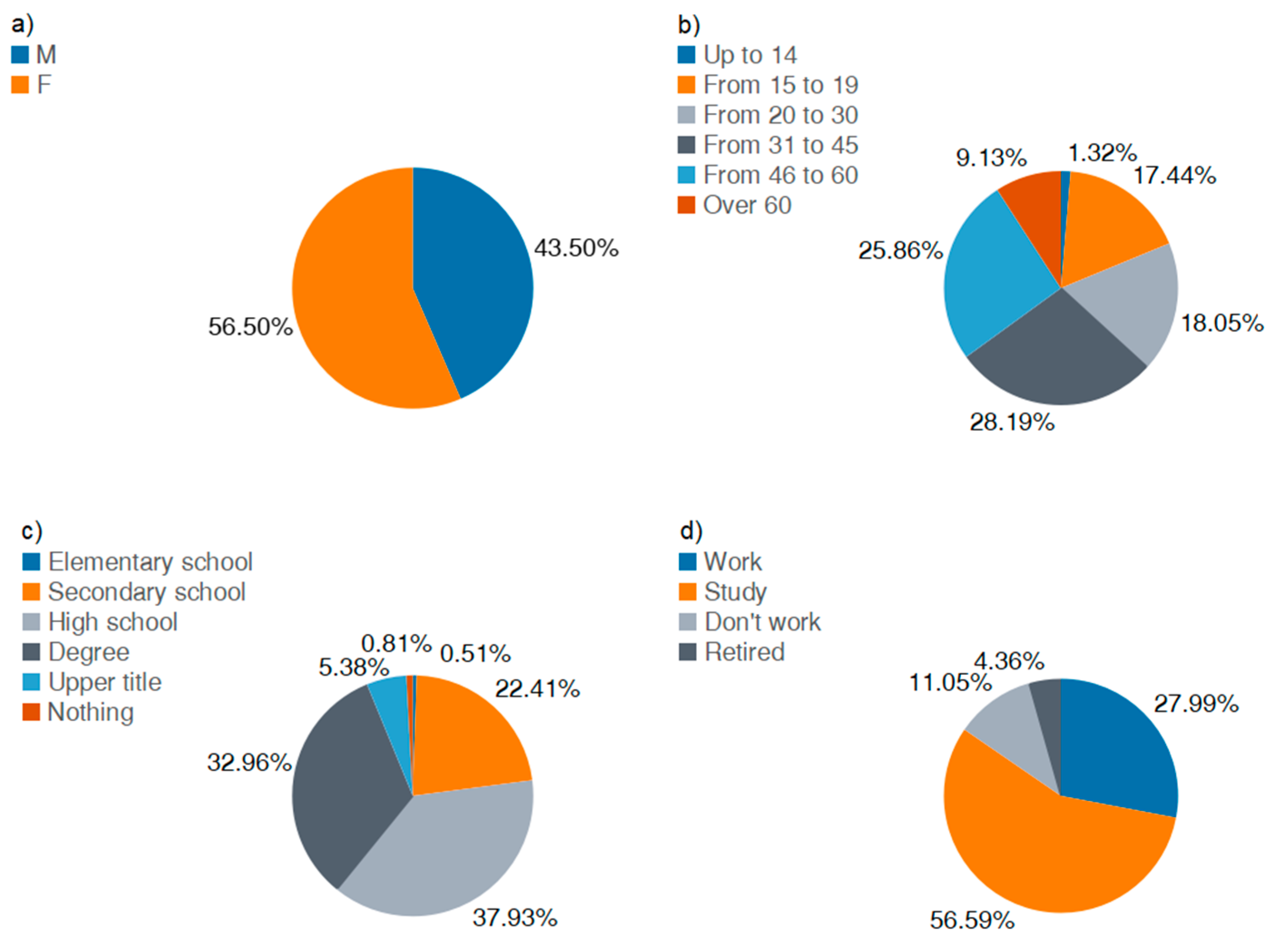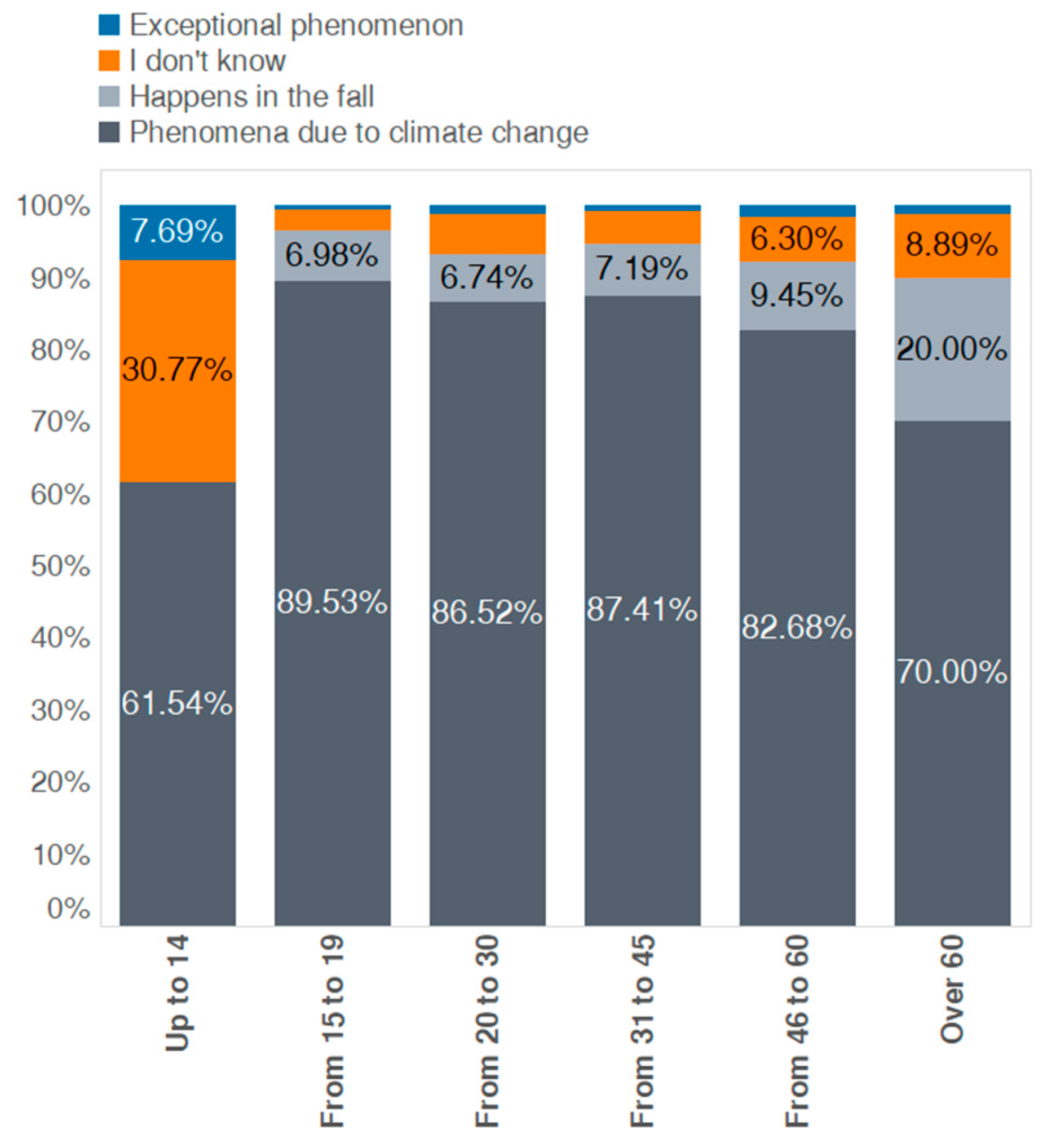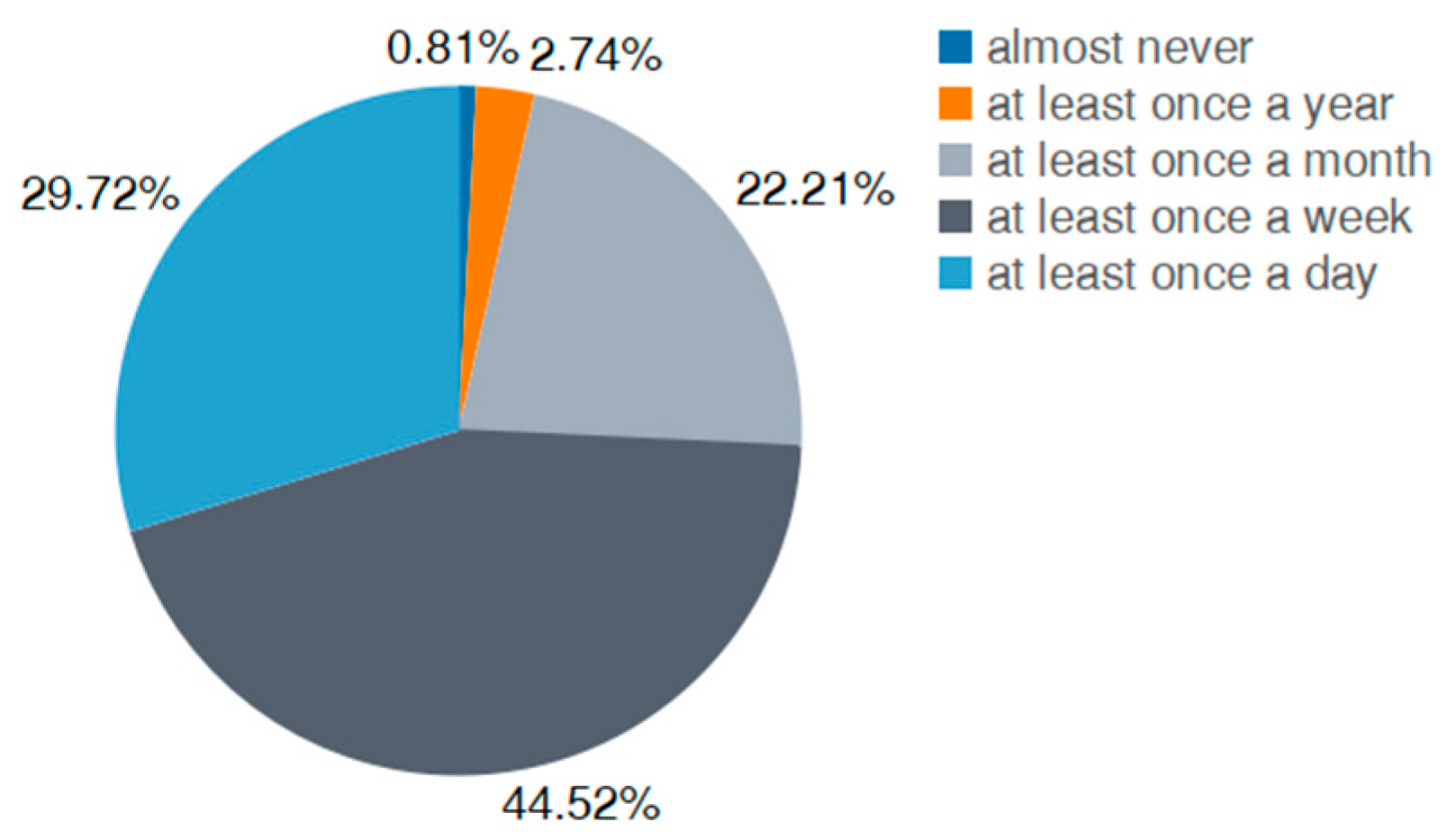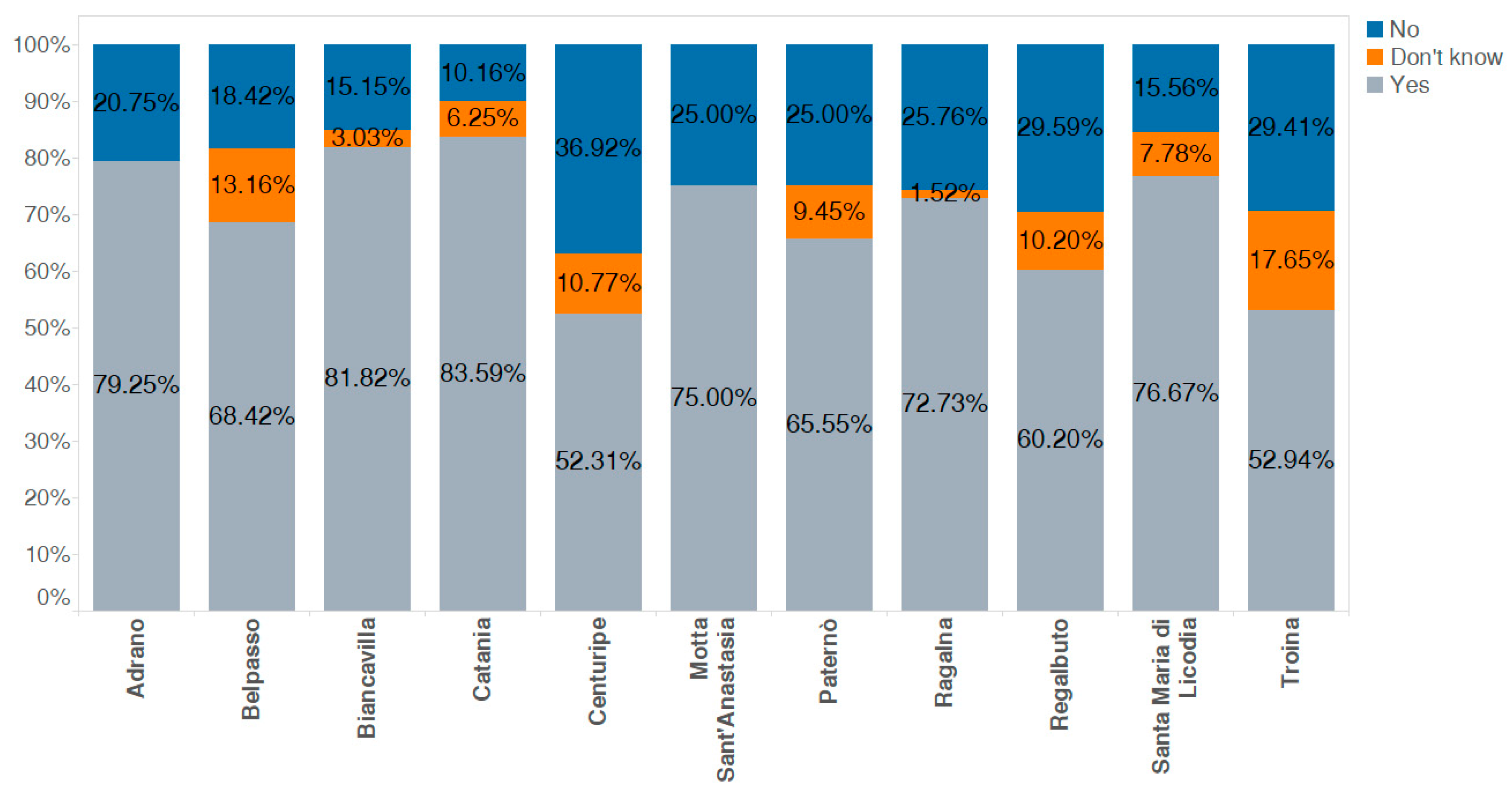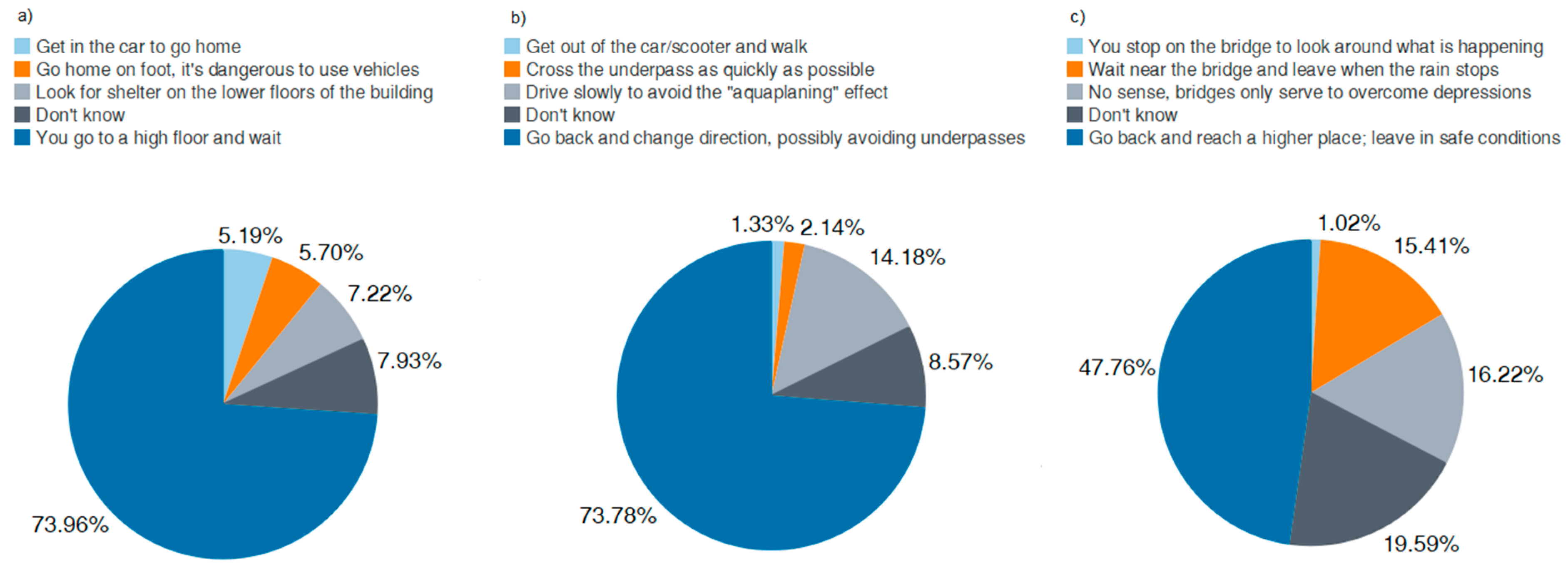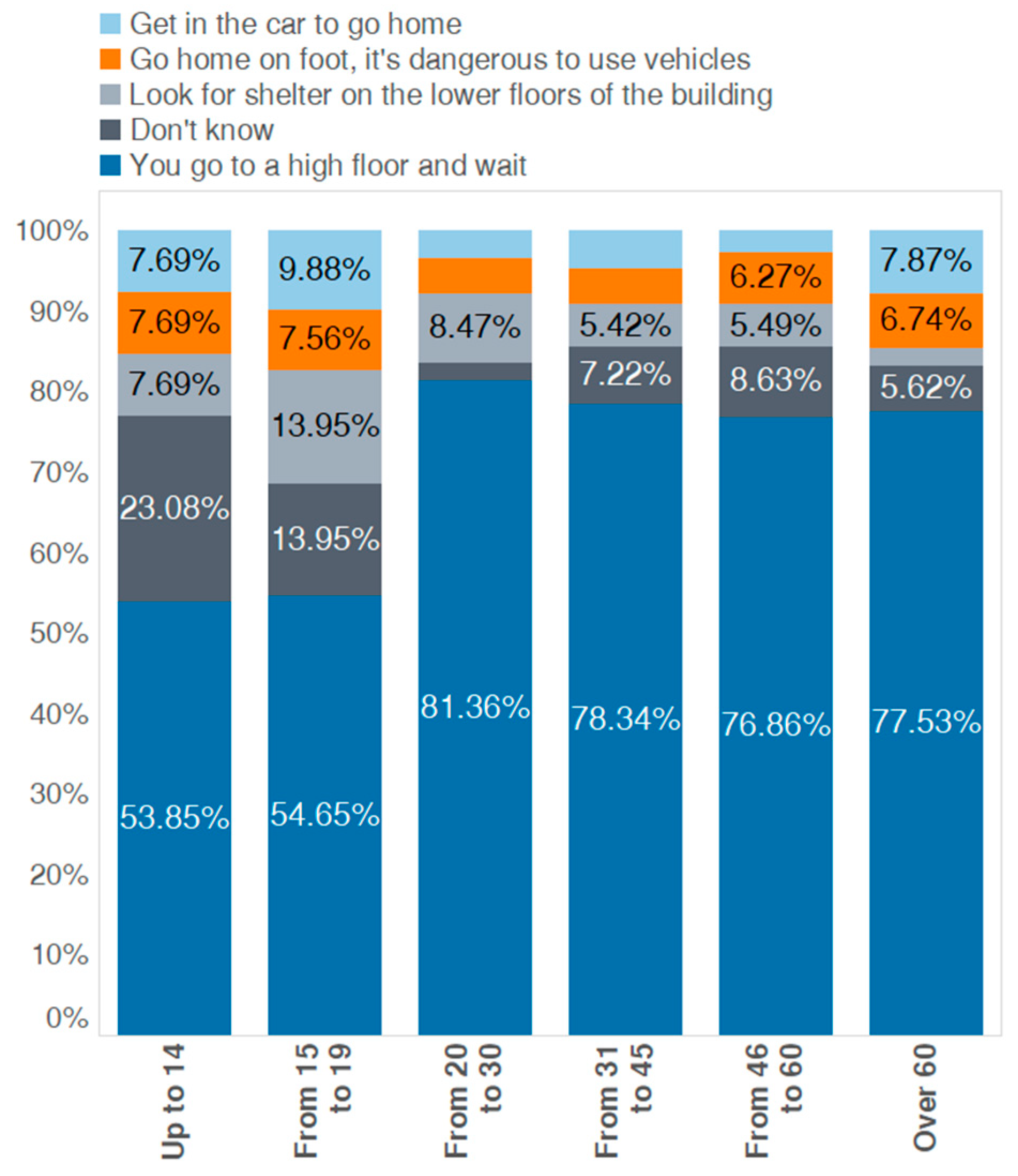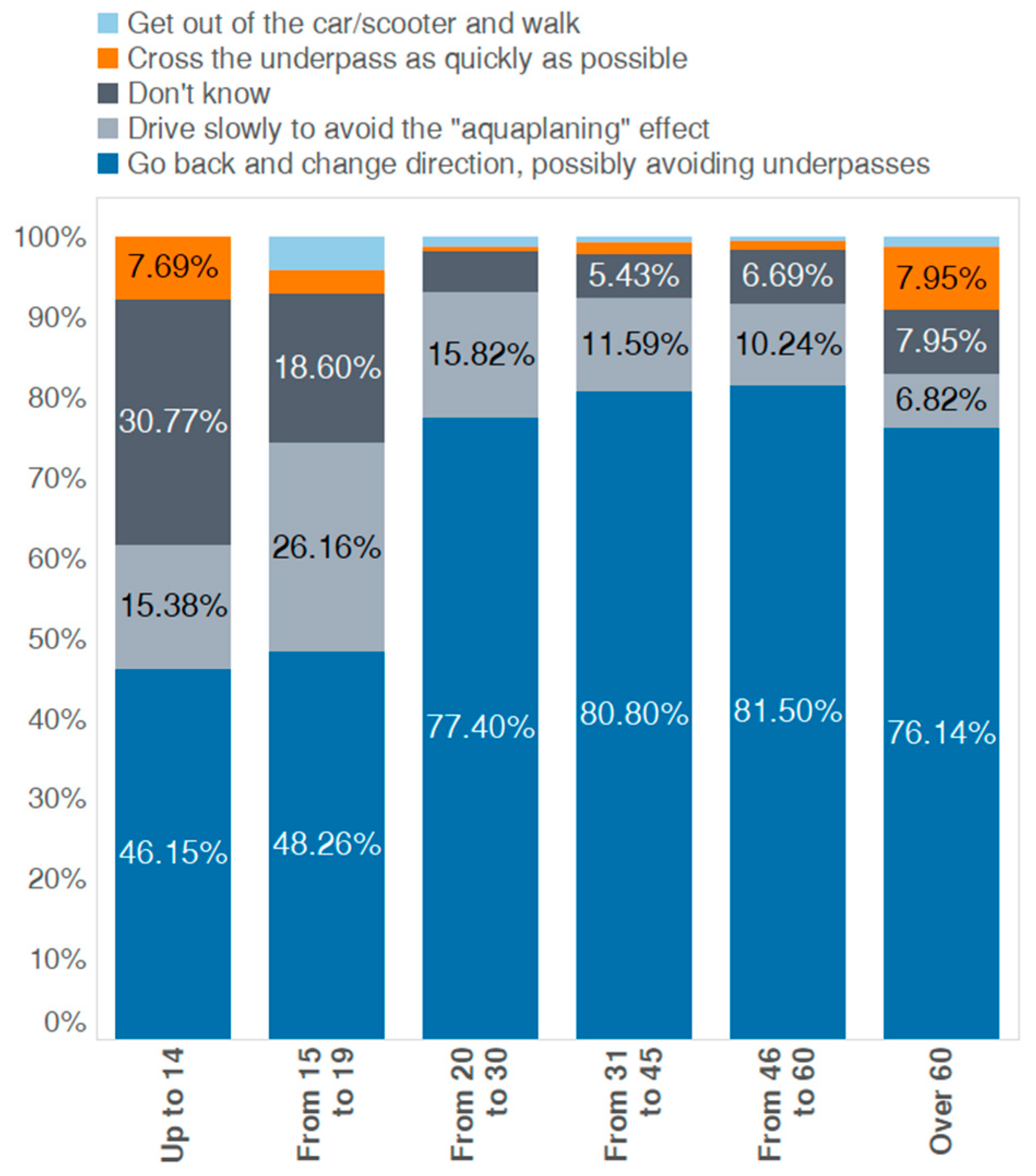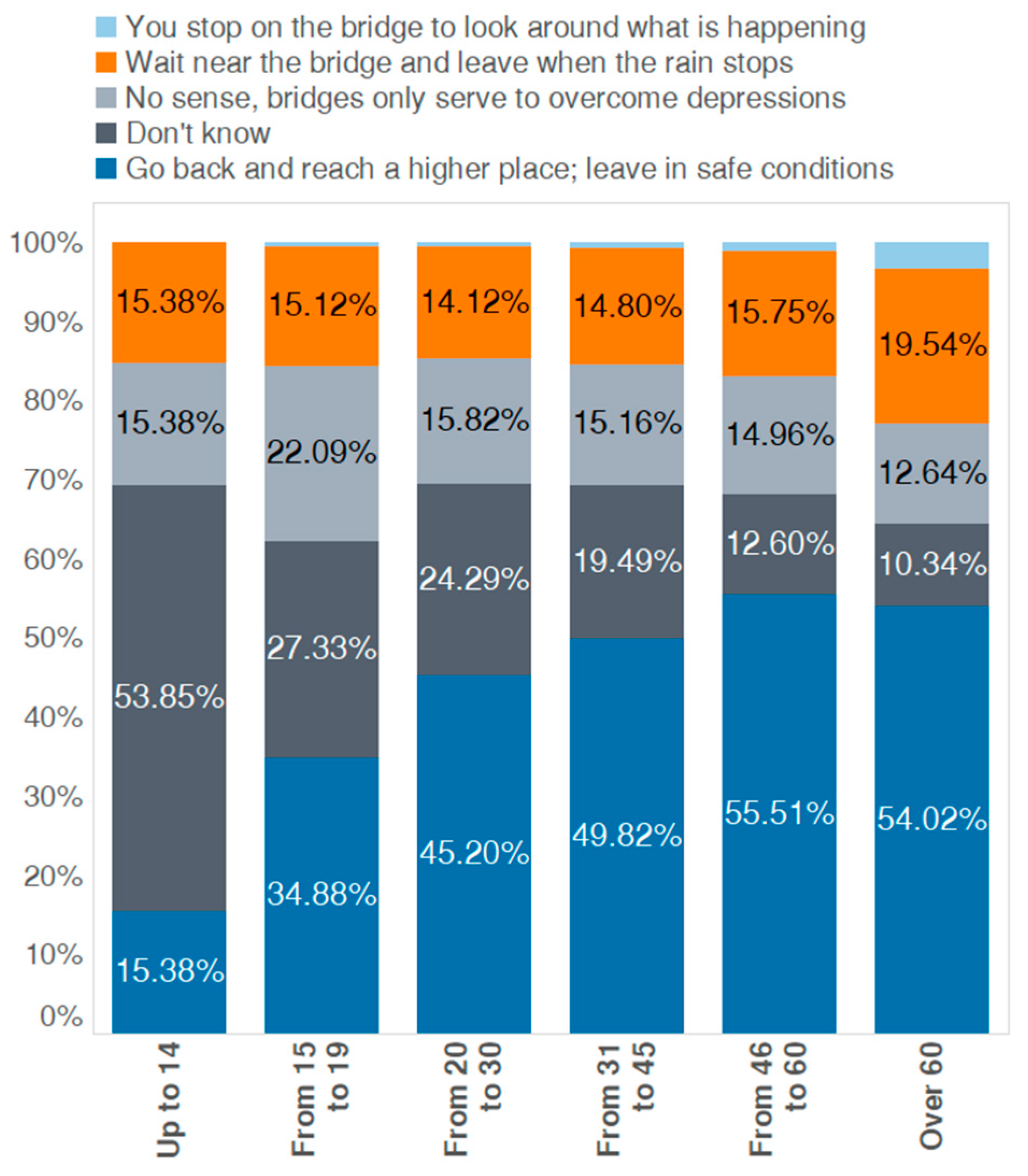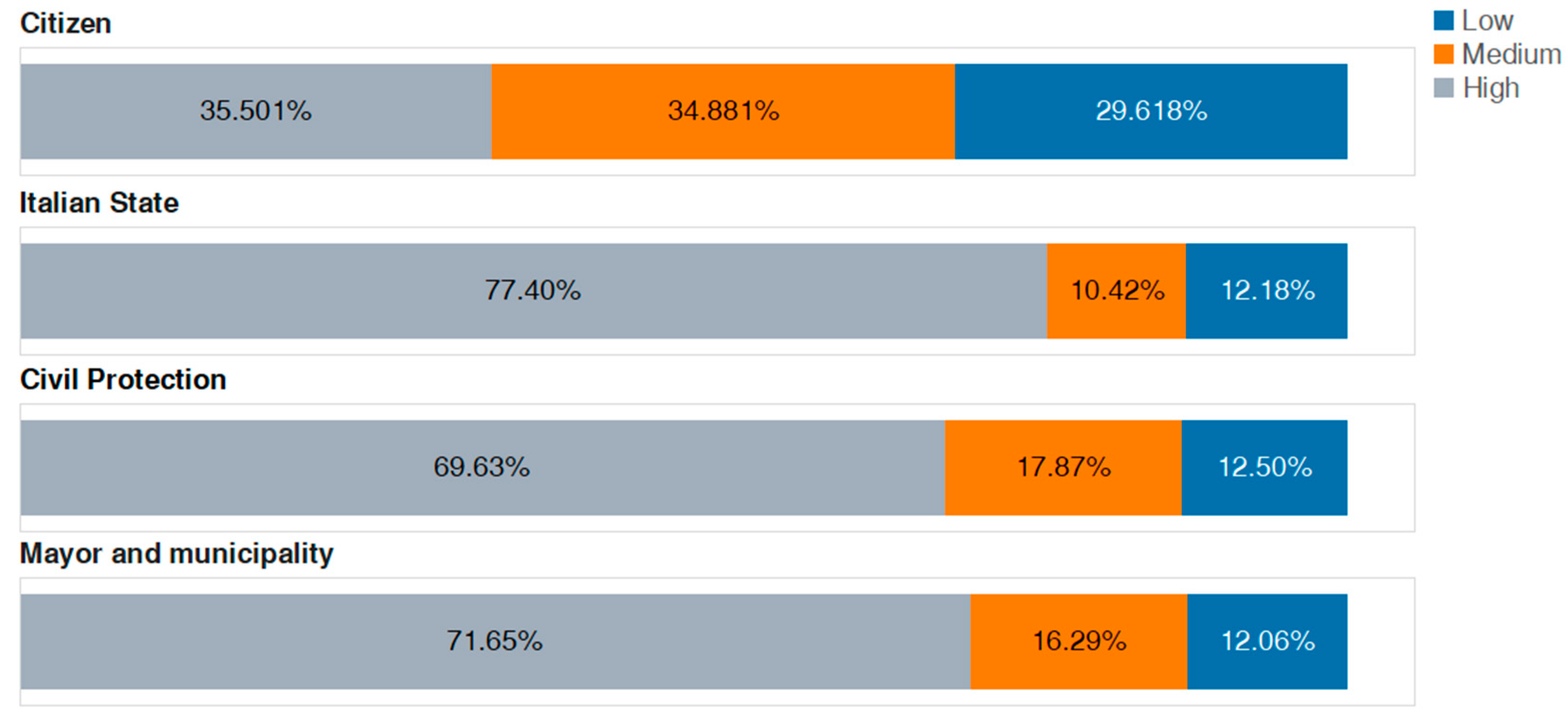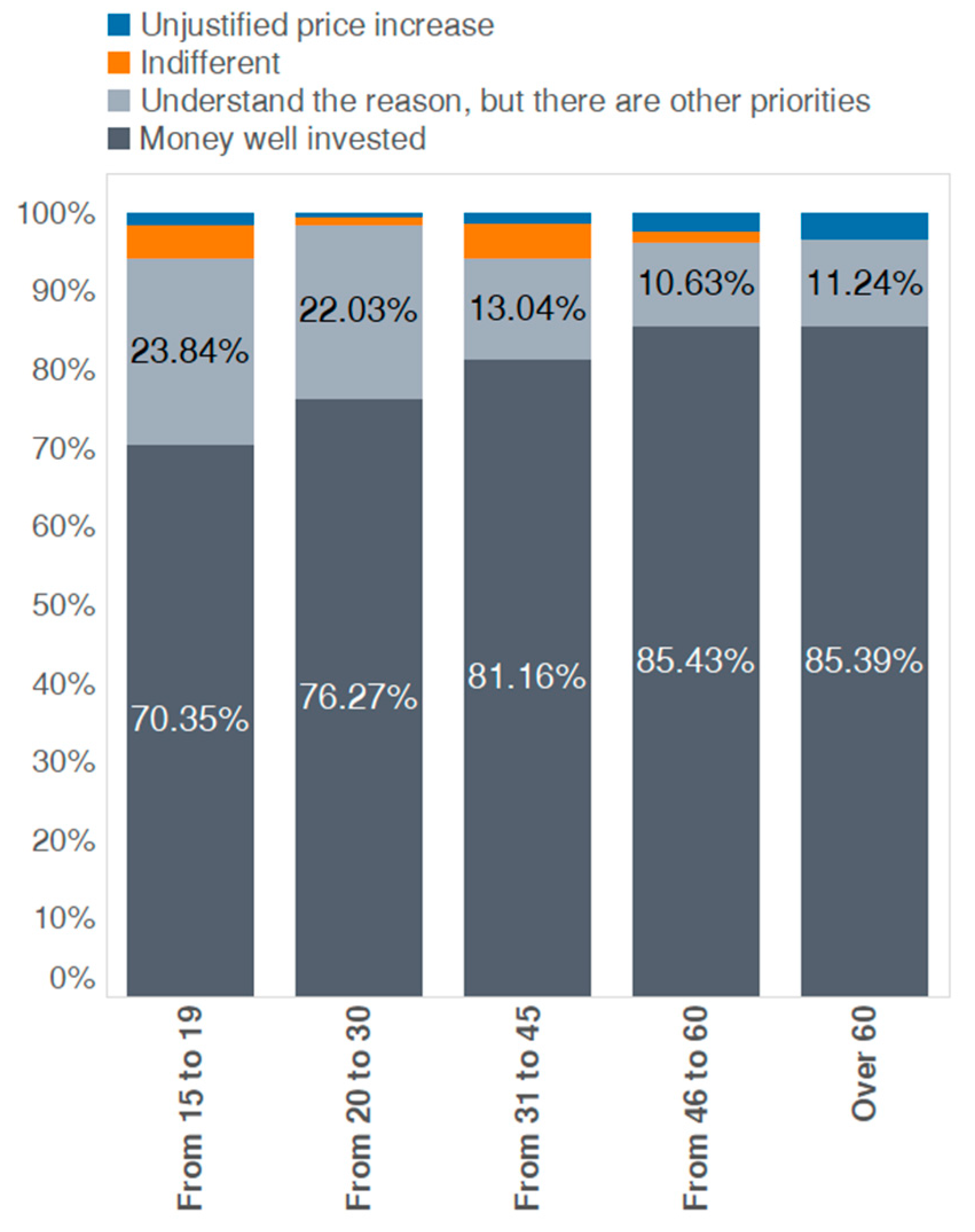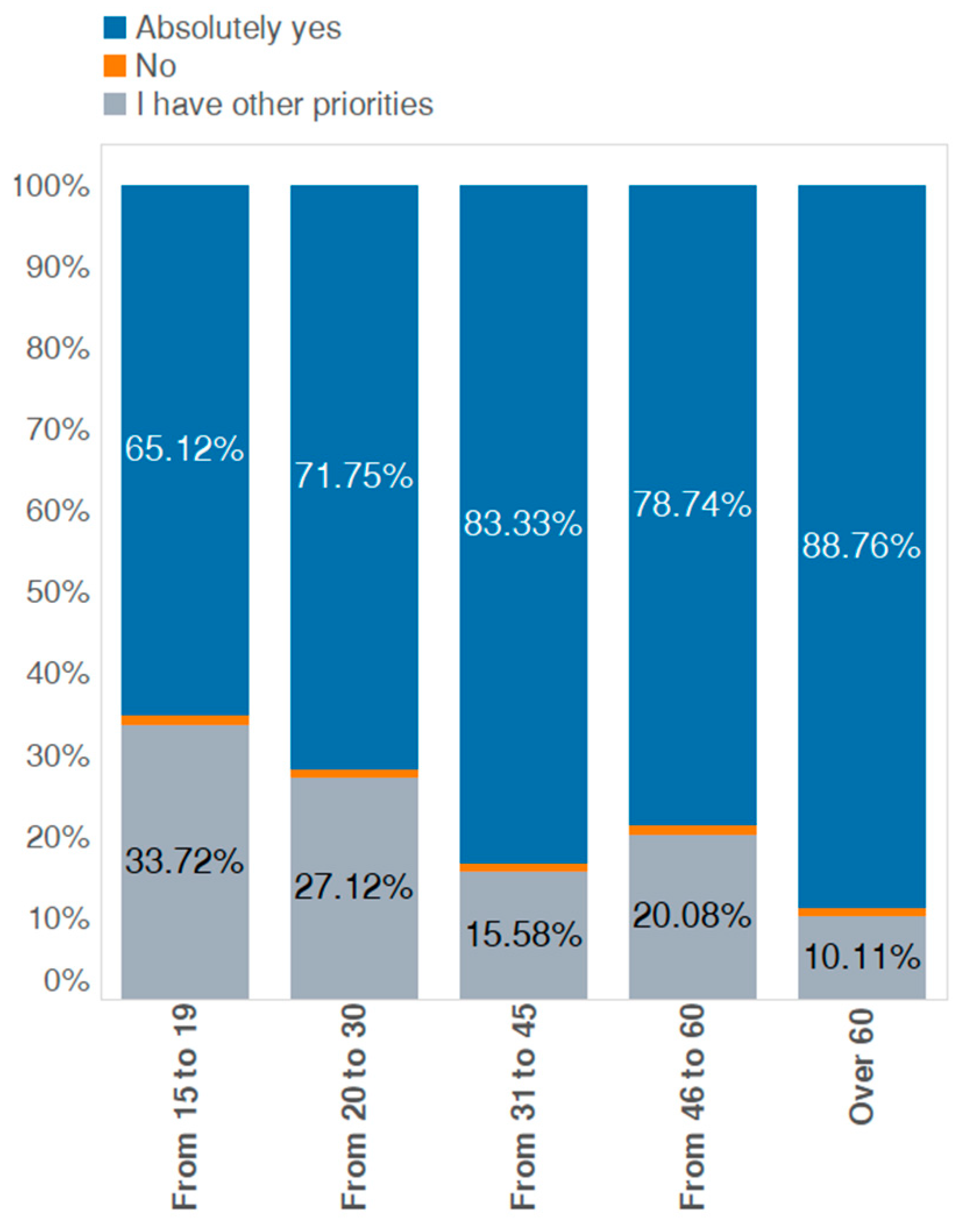2.1. Description of Survey Area
The Simeto River basin (
Figure 1) is located on the Southwest of Mount Etna, the largest active volcano in Europe, and is therefore characterized by quite unique natural features [
44]. The basin extends in the territories of the provinces of Catania, Enna, and Messina, with a surface that measures approximately 4030 km
2. The SRV is an area located along the central stretch of the Simeto River, which is the main river in Sicily, a few kilometers west of the Catania Metropolitan Area. Approximately 150,000 people live in the SRV area, distributed in 10 medium-small towns: the largest community is the city of Paternò with 50,000 residents, while the smallest is Ragalna with around 4000 [
45]. In the last two decades, part of this community has been involved in participatory actions for the sustainable development of the area. In particular, thanks to the cooperation between local groups of citizens, organized in an association named Participatory Presidium of the Simeto River Agreement (PSRA) [
46], local administration bodies and the University of Catania, in 2015 the municipalities of Paternò, Ragalna, S.M. di Licodia, Motta Sant’Anastasia, Belpasso, Biancavilla, Adrano, Centuripe, Troina, and Regalbuto, for a total of about 100,000 inhabitants, the PSRA and the University of Catania have signed the Simeto River Agreement (SRA), a river contract aiming at encouraging local development through participatory approaches (
Figure 2).
Figure 2 shows the location of the municipalities involved in the SRA along with the location of Catania, where the University of Catania is based, and where the present survey was also administered.
The pluviometric regime in the Simeto River basin is characterized by maximum average values in the month of December and, progressively smaller, in the months of January, November, and October and the minimum average values in July or in August. The Simeto River basin, particularly in the central area at higher elevations, is subject to heavy rainfall events in autumn and spring [
47]. With the increase of urban sprawl, impervious surfaces replaced the more permeable ancient streets, small retention areas have been covered, and new roads interrupted the hillslopes or new constructions have been introduced. This intensive urbanization has not been accompanied by adequate retrofitting for urban flood control. In the case of the municipalities on the slopes of Etna, the situation is further complicated by the need for an inter-municipal view of stormwater management, which is seldom fostered. The development of commercial, industrial, and urbanization services along the road axes realized a real urbanized continuum. It follows that this area is particularly vulnerable to changes induced by geomorphological and hydrogeological processes, which may exacerbate if solutions are not properly implemented. The current Basin Plan technical documentation quantifies the hazard and risk related to geo-hydrological hazards for the municipalities of the Simeto Valley. A summary of the figures for hydraulic and geo-hydrological hazard is shown in
Table 1 and
Table 2. These data can be an element of comparison with the results of the survey, i.e., to see how risk awareness of the population corresponds to the expert knowledge of flooding hazard in the area. It is worthwhile to mention that, in such technical documentation, geo-hydrological risk is defined as the risk connected to the instability of the slopes, due to particular geological and geomorphological processes, while the hydraulic risk is linked to large river flooding following particular environmental, atmospheric, or meteorological and climatic conditions affecting rainwater and their hydrological cycle, with possible consequences on the safety of the population and on the safeguard of services and activities. As shown in the table of geomorphological hazard (
Table 1), the municipalities with the highest surface area at risk are Centuripe, Regalbuto, and Troina, while the ones with the highest surface at hydraulic risk (
Table 2) are Catania, Paternò, and Belpasso.
In addition to these figures, it should be mentioned that the SRV has been repeatedly hit in recent years by intense pluvial flooding events, caused by heavy rain in combination with an overwhelmed drainage system. These events proved that it is important to develop strategies with different time horizons and priorities for management alternatives to mitigate pluvial flooding risk.
The city of Paternò, which has about 50,000 residents, has experienced several times pluvial flooding episodes that affected the entire city. For instance, in the fall of 2009 and subsequently, in November 2011, March 2013, and August 2015, this city has been hit by intense rainfall and the city drainage system proved insufficient, with the consequence of flooding of the roadways and damages to public and private buildings. More recently, in October 2018, a flood caused a dangerous situation near the riverbed of the Simeto River, where some houses that fall along the banks had already been invaded by water and mud. The greatest damages recorded were those caused by the overflow of the Simeto River. The waters of the river invaded the Catania-Siracusa Highway, which was temporarily closed. Another event occurred in October 2019, when Paternò and the surrounding cities were hit by a heavy storm. The situation appeared critical and the peripheral roads were invaded by water and mud, a person was trapped in an underpass. Another person was rescued in extremis by a truck driver after his car was left at the mercy of the river of mud with no possibility of movement. These episodes are just a few of the many signs that reveal the need for a better understanding of the potential risks for people’s lives during intense rainfall and consequent flooding.
Figure 3 shows some images of floods of recent years in the cities of Paternò and Catania.
It is important to specify that insurance against flood damages is not so common among citizens. The Ministry of infrastructure and transport and the Ministry of the Environment and Land and Sea Protection, as well as local departments, allocate funds for hard and soft measures against floods and other natural disasters. State and Regional special laws are emanated in case of catastrophic natural disasters for compensating flood damages and for reconstruction of damaged areas.
2.2. Study Design
The design of the survey considered some other works, both Italian and foreign, which have a similar structure. For example, the municipality of Ferrara (Italy) in 2010 conducted a study based on nine multiple-choice questions to better understand knowledge, sensitivity, and interest in climate change through the population [
48]. The Joint Disaster Management Risk Assessment and Preparedness in the Danube Macro-region project [
49] conducted a study to evaluate climate change perception, submitting to citizens multiple-choice questions, as in our case, about the involvement by the media on the treatment of the topic, the perception of climate change compared to past decades (especially for the adult population) and the actual derived risks, including extreme precipitation events and floods. A study by Yale University estimates U.S. climate change beliefs, risk perceptions, and policy preferences at State and local scale using the Yale Climate Opinion Maps based on 2018 data [
50]. This survey, with its about 20 questions with Likert scale [
51], tried to investigate the opinions of the community regarding climate change and the risks deriving from it.
In 2017, the European Commission published the special Eurobarometer 459, with the result of a large-scale survey proposed in some European countries. The key topic was, again, the perception of climate change, but with a focus on the responsibilities of national governments [
52].
The survey here in question, reported entirely in the
Appendix A, consisted of 10 questions, some of them structured with answers requiring a numerical value, following the Likert scale [
51]. The questions were formulated independently against each other and their number was reduced to the minimum in order to keep it less tedious for respondents, in order to reach a high number of participants.
As already mentioned, the survey is divided into three sections. In detail, the first part of the survey recalled recent episodes of severe flooding occurred in the Simeto Valley in the autumn of 2018. We asked if such events were related to climate change, or if they could be considered frequent events during the fall season or else if they were isolated phenomena. Subsequently, we asked how often they heard about climate change and through which channels. The central part of the questionnaire started by analyzing the day-life experience of citizens, by asking if they pass or live close to places frequently flooded during extreme rain events. Then we asked, using a Likert scale, how worried they feel about weather alerts, to understand how much confidence the citizen have in the Civil Protection and local authorities, which are responsible for issuing such alerts. Finally, we investigated their individual preparedness, i.e., their tendency to behave correctly during urban flooding, asking them what they would do in three distinct possible scenarios: they are at work or at school, they have to go through an underpass or they have to pass a bridge.
The last part of the questionnaire concerned the community’s willingness to adapt to climate change, as a further measure of long-term preparedness. First, we asked about the best practices for adapting to climate change according to citizens, to investigate whether they really knew the meaning of this type of practice. Finally, we investigated how much they would be willing to spend to implement measures for climate change adaptation. In this sense, they were asked whether they were willing to accept a municipal expense for the purpose and whether they were willing to invest in new adaptation works on their private properties. This last part has been automatically submitted only to adults (over 19 years old), as for the children these questions are of difficult understanding or not relevant. The survey had anonymous answers, but prior to the 10 illustrated questions, the participants had to fill some general information on their age, gender, main occupation, education level, and city of residence in order to socio-geographically characterize the answers.
It should be pointed out that this survey has been carried out in a local context where various community involvement actions are already active. As mentioned above, recently part of this community has been involved in participatory actions for the sustainable development of the area, therefore some citizens are already somehow sensible to some of the topics of the survey. In a context such as this, the present questionnaire aims to serve not only as a statistical and investigative tool but also represents a training opportunity for citizens, bringing their attention to its topics, as well as the possibility of encouraging and strengthening community involvement within the SRA.
2.3. Distribution of the Survey and Sample Characterization
The survey was published and distributed mainly electronically through the web-platform EU Survey (
https://ec.europa.eu/eusurvey, accessed on 15 February 2021), for a period of about three months and was advertised through the social channels of the LIFE SimetoRES Project IT-LIFE17_CCA_IT_000115, Simeto River Agreement, and the University of Catania social channels (Facebook, Twitter, institutional websites). Such distribution was supported by the active work of volunteers from the Participatory Presidium of the Simeto river agreement, the umbrella of volunteer organizations deeply involved in several aspects of the project. Instant messaging (mainly WhatsApp) was also effectively used, sharing the link to the questionnaire in chatting groups of local community associations, school (parents and classes), professional orders, and others. A paper hardcopy version of the survey was also distributed during some public events in order to involve even those that may have been reached by social media only marginally. The answers were 1143 in total, 1078 collected electronically, and 65 hardcopies formats, distributed per municipality as shown in
Table 3, and by individuals’ characteristics as illustrated in
Figure 4. The percentage of women is slightly higher than the percentage of men, the age groups are adequately represented except for the group of children (younger than 14 years old) who are only about 1% of the respondents. Almost 38% of the participants are high school graduates and approximately one-third are university graduates. Most of the participants study or work, only 11% are unemployed, and just slightly more than 4% are retired.
